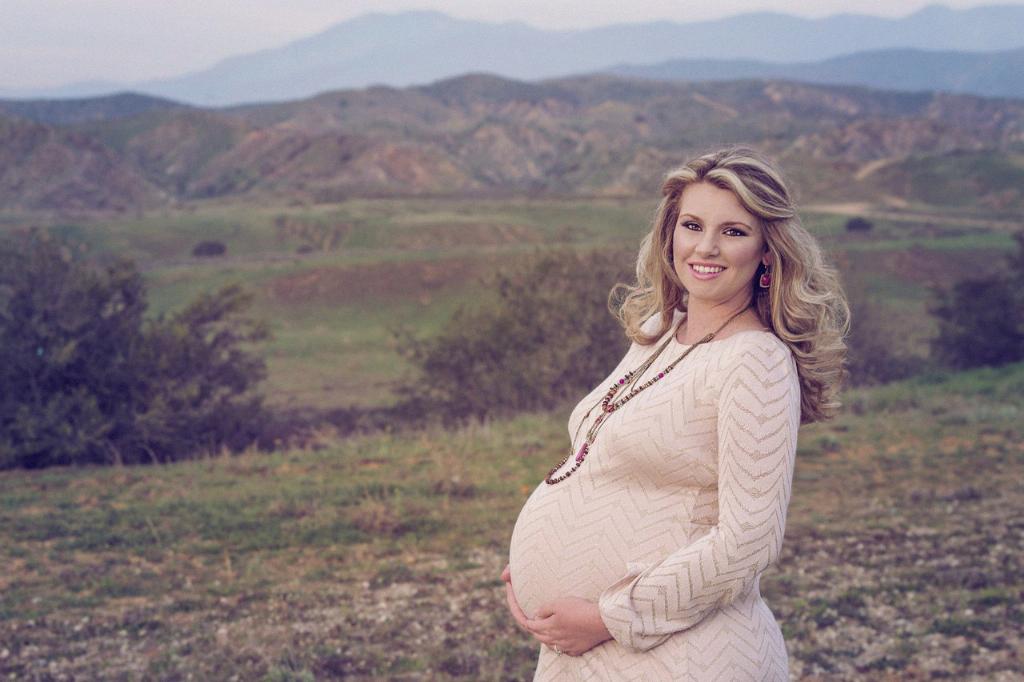When it comes to diastasis recti, a common condition during pregnancy where the abdominal muscles separate, the question of whether it can be healed while still pregnant is crucial. It’s essential to understand that attempting to fix diastasis recti during pregnancy is not recommended by experts. According to Ribaudo, a leading authority in the field, it is advised to wait until after giving birth to address the abdominal separation.
Ribaudo emphasizes that if you are experiencing diastasis recti during pregnancy, it is unlikely to resolve on its own. The focus should shift towards managing the condition during pregnancy and then addressing it postpartum. Healing diastasis recti after childbirth requires a strategic approach that involves knowing both what to do and what not to do.
During pregnancy, the body undergoes significant changes to accommodate the growing baby. The abdominal muscles stretch and separate to make room for the expanding uterus. Trying to heal diastasis recti during this time may not be effective and could potentially do more harm than good. It is crucial to listen to your body’s cues and prioritize the health and well-being of both you and your baby.
Postpartum care plays a significant role in the healing process of diastasis recti. After giving birth, the abdominal muscles have the opportunity to gradually return to their pre-pregnancy state. This period allows for targeted exercises and techniques that can help strengthen the core muscles and reduce the separation over time.
It is important to consult with a healthcare provider or a physical therapist specializing in postpartum recovery to create a personalized plan for addressing diastasis recti. They can assess the severity of the condition and provide guidance on safe and effective exercises that are suitable for your specific needs.
Patience and consistency are key when it comes to healing diastasis recti. It is a gradual process that requires dedication and perseverance. Rushing the healing process or expecting immediate results can lead to setbacks and potentially worsen the condition.
Focusing on overall core strength and stability is essential in addressing diastasis recti. Incorporating exercises that target the deep abdominal muscles, pelvic floor, and back muscles can help improve the alignment of the core and promote healing of the abdominal separation.
Additionally, maintaining good posture and body mechanics can play a significant role in preventing further stress on the abdominal muscles. It is crucial to be mindful of your body positioning during daily activities and avoid movements that exacerbate the separation.
Understanding the limitations of your body during pregnancy and postpartum is vital in the healing process. It is essential to listen to your body’s signals and avoid overexertion or activities that cause discomfort. Prioritizing rest and self-care is equally important in supporting the recovery of diastasis recti.
Every individual’s journey to healing diastasis recti is unique, and the timeline for recovery may vary. It is essential to set realistic expectations and focus on gradual progress rather than expecting immediate results. Celebrate small victories along the way and remember that consistency is key in achieving long-lasting improvements.
In conclusion, while it is not recommended to attempt to heal diastasis recti while pregnant, postpartum care and targeted exercises can play a significant role in addressing the condition. Consulting with healthcare professionals and prioritizing self-care are crucial steps in supporting the healing process. By taking a holistic approach to recovery, individuals can work towards strengthening their core muscles and reducing the abdominal separation over time.

